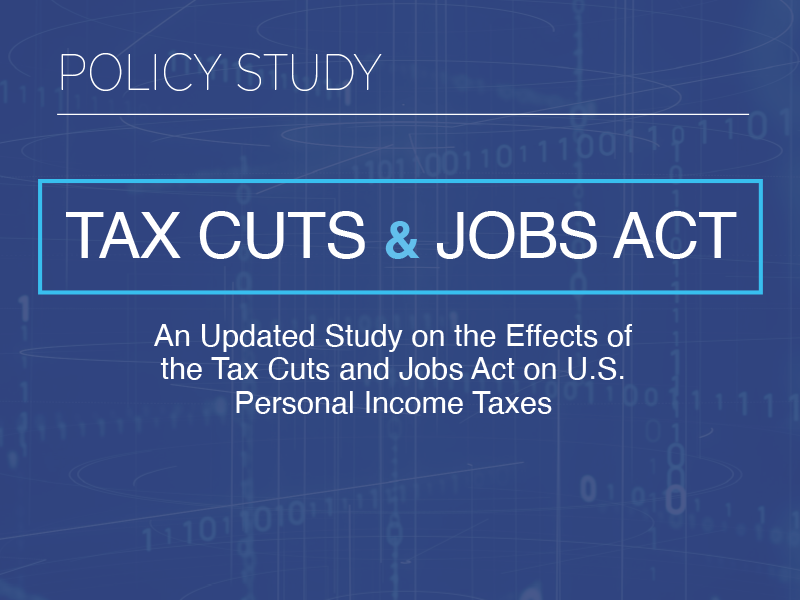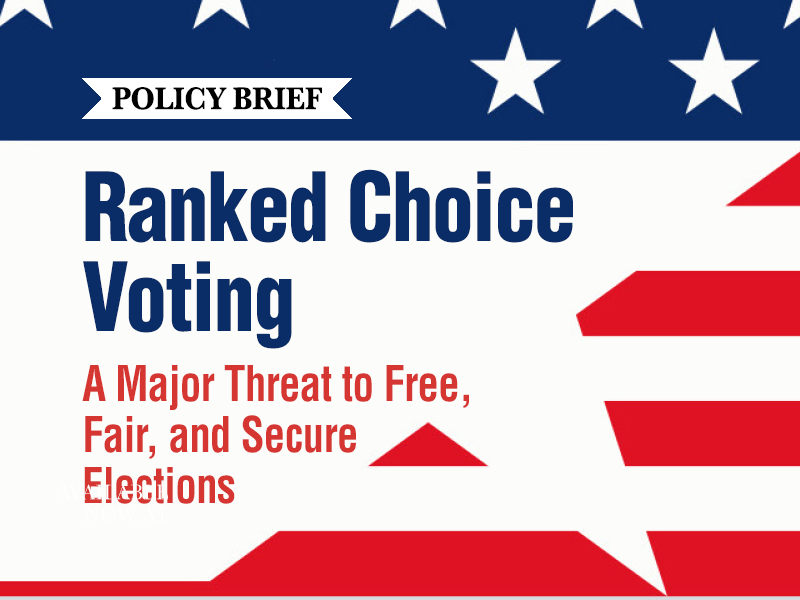The use of alternative automobile parts – aftermarket parts made by firms other than automobile companies or recycled parts taken from damaged vehicles or vehicles that have reached the end of their useful lives – offers benefits to consumers and the environment, but the practice is not without some controversy. This paper provides background on the practice, documents its benefits, and addresses four regulatory issues affecting the practice.
The paper consists of four parts. Part 1 describes how auto parts are recycled. Part 2 describes the consumer benefits of aftermarket parts and addresses concerns about their quality. Part 3 describes the environmental impacts of auto parts recycling, finding its substantial benefits outweigh the negative consequences that were a concern in the past and sometimes still need to be addressed today. Part 4 describes four regulatory issues affecting parts recycling: zoning ordinances, airbags, tires, and the “cash for clunkers” program.
A brief concluding section presents the following principles policymakers should keep in mind when considering regulation of the automotive collision replacement parts business:
- Auto recycling should be treated like any other industry, not under highly specialized laws that apply to it alone.
- There is no compelling safety rationale for restricting or banning the use of alternative parts.
- The consumer and environmental benefits of alternative parts are considerable and ought to be weighed in the industry’s favor when regulations are debated.
- To protect consumers, legislators should insist on reasonable disclosures by insurers and repair shops of their use of recycled parts.
- If states or the federal government implement another cash for clunkers program (which they probably should not), they should regulate it with a light hand.
- Be aware of the unintended consequences of auto recycling industry regulations.


